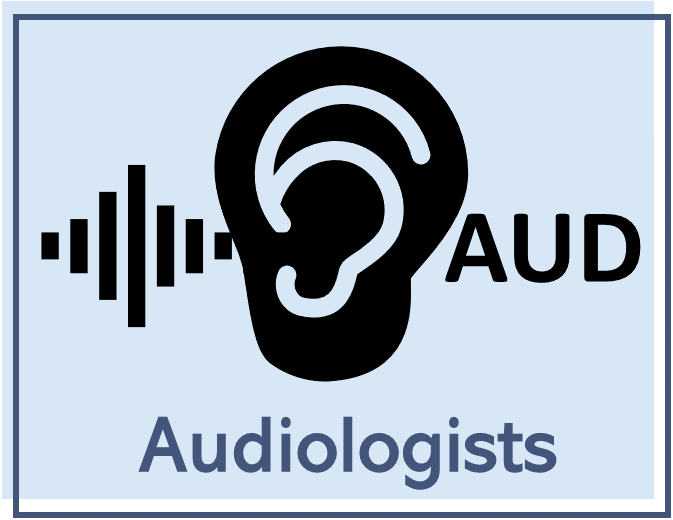See also: Articles on Music, Hearing Loss, and Hearing Devices 
As you read this website, keep in mind the following:
-
People with hearing loss can differ in many ways.
-
Some information may be more applicable.
-
Pick and choose the information most useful for you.
Music Training Examples for Improving Music Perception:
Information for Audiologists
1, 2
Q: What are the examples of music-based training for adult CI recipients?
A: Different music-based training exercises are available for CI recipients. Because CI recipients perform similarly to normal hearing individuals on rhythm perception tasks, many music-based trainings focus on training pitch, melody, and timbre.
Jump to the different kinds of tests:
Pitch
-
Pitch discrimination: requires attending to two (or three) tones, identifying the direction of the pitch change (up or down) (Jayakody et al., 2012).
-
Ascending in pitch:
-
Descending in pitch:
-
-
Odd-one-out: requires attending to a set of three pitches and identifying notes with a different pitch from the set.
-
Examples of OOO:
-
Melody
-
Melodic contour identification: requires attending to five tones, identifying the contour (i.e., direction) of five notes as flat, rising, falling, flat-rising, flat-falling, rising-flat, falling-flat, or rising-flat (Galvin et al., 2007; 2009; Gfeller et al., 2000).
-
The perception of directional and interval pitch changes is crucial to the comprehension of a melody.
-
"Falling" example:
-
"Falling-Rising" example:
-
-
Familiar melody recognition: requires attending to familiar melodies such as "Twinkle, Twinkle, Little Star" or "The Star-Spangled Banner," identifying if any notes are altered (Gfeller et al., 2002; Olszewski et al., 2005).
-
Perception of rhythm, lyrics, timbre, genre, or musical style must also be considered (Looi et al., 2012)
-
Prior listening experience and the use of contextual cues are important considerations for FMR (Looi et al., 2012)
-
"Happy Birthday" with pitch changes:
-
-
Familiar melody recognition with and without rhythmic cues: requires attending to familiar songs with and without rhythmic cues and identifying the correct title of the song (Kong et al., 2004).
-
"Baa Baa Black Sheep" with rhythmic changes:
-
"Wedding March" with rhythmic changes:
-
Timbre
-
Timbre discrimination: requires attending to tones or melodies played by different musical instruments, identifying timbres (e.g., piano versus organ; violin versus flute)
-
Piano:
-
Violin:
-
Bb trumpet:
-
Click here to review references used in preparation of this website.
1. All images on this website are used under Creative Commons or other licenses or have been created by the website developers.
2. Click here to access the sources of images on this page.


